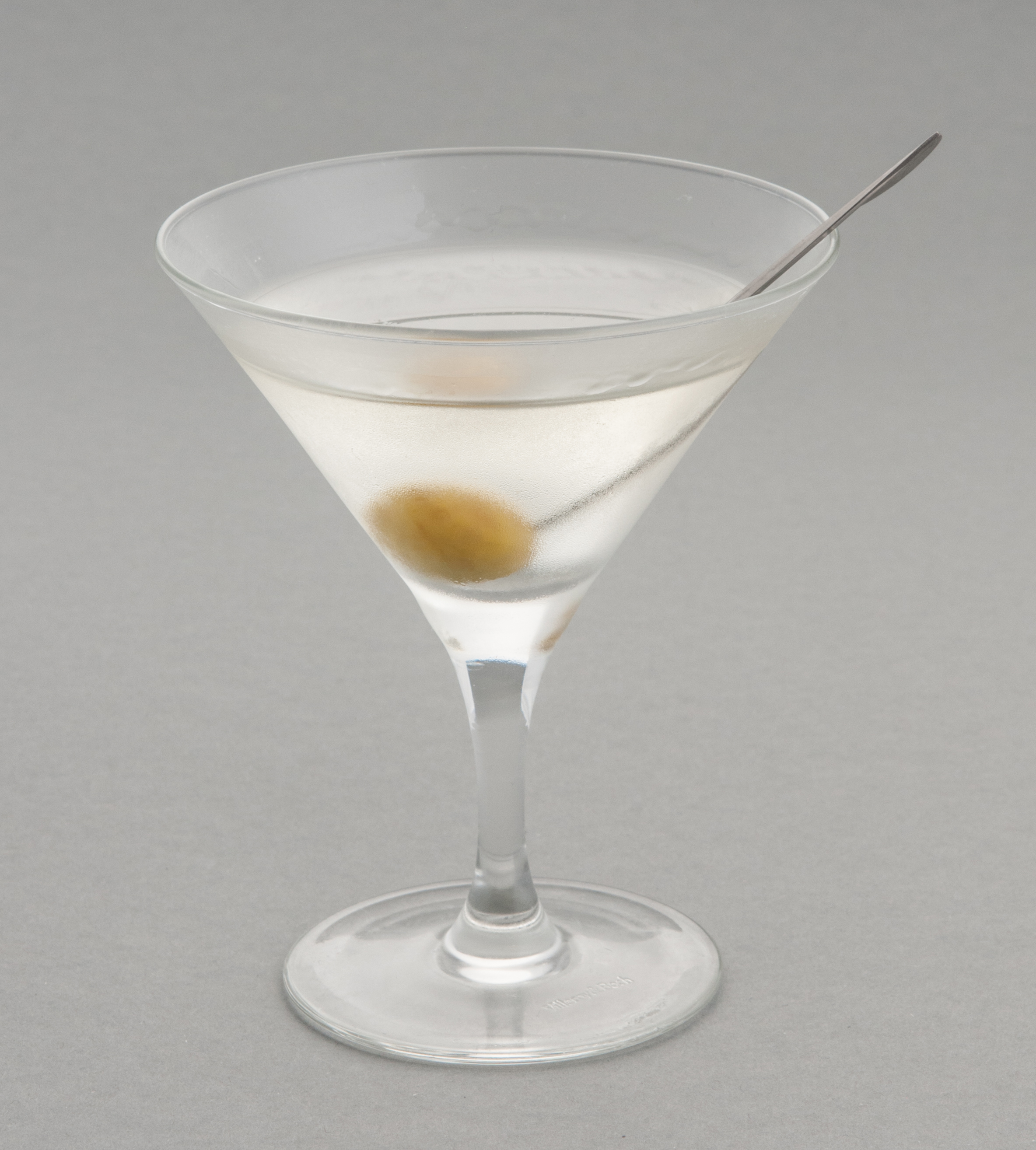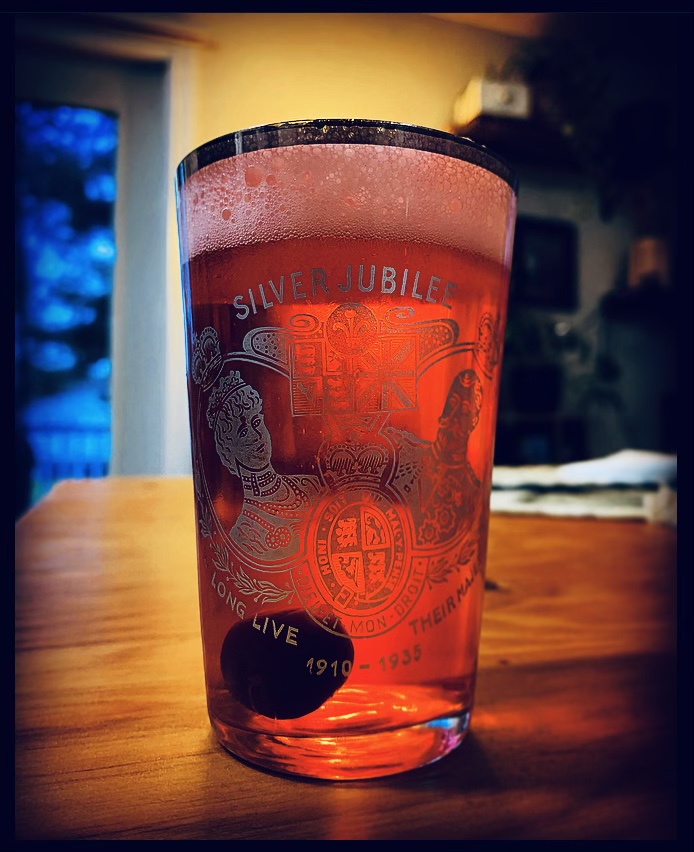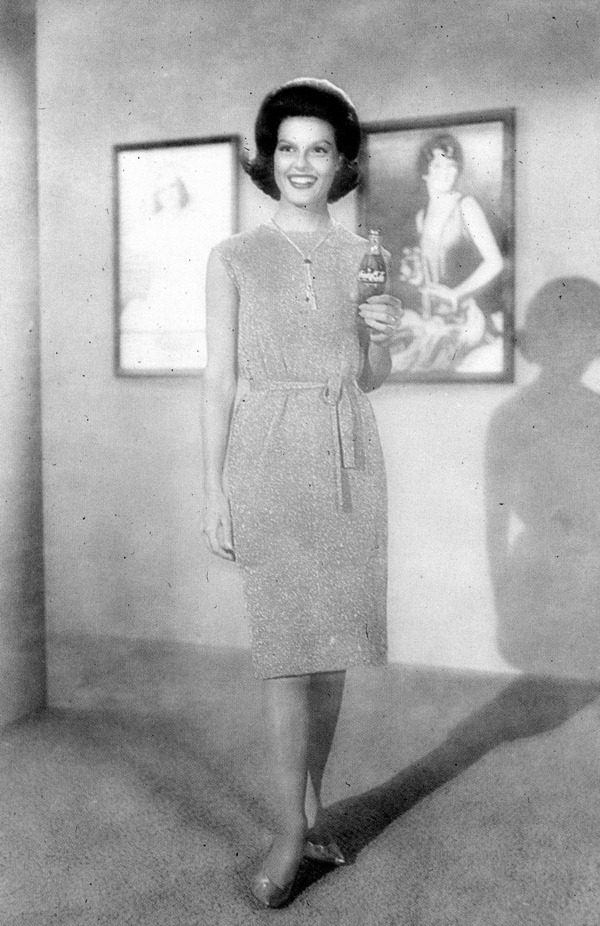|
Screwdriver (cocktail)
A screwdriver is an alcoholic highball drink made with orange juice and vodka. In the UK, it is referred to as a "vodka and orange". While the basic drink is simply the two ingredients, there are many variations. Many of the variations have different names in different parts of the world. History The drink originated during World War II, when Americans in China and Turkey mixed neutral spirits with orange juice. The origin of the name "screwdriver" is less clear, but the name appeared in Ankara, Turkey, in 1943 and 1944 and later in Istanbul. Variations on the recipe were present in 1948 in Turkey and also called screwdrivers, such as a mixture of one-third vodka and two-thirds gin, and another recipe adding gin, cognac, bitters, and other ingredients to orange juice and vodka. An unattributed but popular story for the name is that the Americans lacked a spoon and instead used a screwdriver as a stirring stick. Another unattributed story is that auto workers in the US used ... [...More Info...] [...Related Items...] OR: [Wikipedia] [Google] [Baidu] |
Orange (fruit)
The orange, also called sweet orange to distinguish it from the bitter orange (''Citrus × aurantium''), is the fruit of a tree in the family (biology), family Rutaceae. Botanically, this is the hybrid Citrus × sinensis, ''Citrus'' × ''sinensis'', between the pomelo (''Citrus maxima'') and the mandarin orange (''Citrus reticulata''). The chloroplast genome, and therefore the maternal line, is that of pomelo. There are many related hybrids including of mandarins and sweet orange. The sweet orange has had its full Whole genome sequencing, genome sequenced. The orange originated in a region encompassing Northern and southern China, Southern China, Northeast India, and Myanmar; the earliest mention of the sweet orange was in Chinese literature in 314 BC. Orange trees are widely grown in tropical and subtropical areas for their sweet fruit. The fruit of the Citrus × sinensis, orange tree can be eaten fresh or processed for its juice or fragrant peel (fruit), peel. In 2022, 76 mil ... [...More Info...] [...Related Items...] OR: [Wikipedia] [Google] [Baidu] |
Mocktail
A non-alcoholic mixed drink (also known as virgin cocktail, temperance drink, "zero proof" drink or mocktail) is a cocktail-style beverage made without alcohol. Non-alcoholic mixed drinks date back to when cocktails emerged, appearing as "temperance drinks" in the first American cocktail books, including Jerry Thomas's Bar-Tenders Guide (1862). Merriam-Webster cites the first mention of "mocktail" as appearing in 1916. While the name of the non-alcoholic drink, as well as its style, has evolved over time, it is often a reflection of cocktail culture at large. The 1980s saw the resurgence of a mocktail movement with often sugary drinks. Following the sophistication of cocktail culture of the 2000s, the zero proof drink also became more refined. In the 2000s, non-alcoholic drinks became popular enough to find their place on cocktail menus in many restaurants and bars, especially temperance bars. According to Mintel, alcohol-free mixed drinks grew 35% as a beverage type on the ... [...More Info...] [...Related Items...] OR: [Wikipedia] [Google] [Baidu] |
Cocktails With Orange Juice
A cocktail is a mixed drink, usually alcoholic. Most commonly, a cocktail is a combination of one or more spirits mixed with other ingredients, such as juices, flavored syrups, tonic water, shrubs, and bitters. Cocktails vary widely across regions of the world, and many websites publish both original recipes and their own interpretations of older and more famous cocktails. History A well-known 'cocktail' in ancient Greece was named kykeon. It is mentioned in the Homeric texts and was used in the Eleusinian Mysteries. 'Cocktail' accessories are exposed in the Museum of the Royal Tombs of Aigai (Greece). They were used in the court of Philip II of Macedon to prepare and serve mixtures of wine, water, honey as well as extracts of aromatic herbs and flowers, during the banquets. In the United States, a written mention of 'cocktail' as a beverage appeared in ''The Farmers Cabinet,'' 1803. The first definition of a cocktail as an alcoholic beverage appeared three years later ... [...More Info...] [...Related Items...] OR: [Wikipedia] [Google] [Baidu] |
Cocktails With Vodka
A cocktail is a mixed drink typically made with a distilled liquor (such as arrack, brandy, cachaça, gin, rum, tequila, vodka, or whiskey) as its base ingredient that is then mixed with other ingredients or garnishments. Sweetened liqueurs, wine, or beer may also serve as the base or be added. If beer is one of the ingredients, the drink is called a beer cocktail. Cocktails often also contain various types of juice, fruit, honey, milk or cream, spices, or other flavorings. Cocktails may vary in their ingredients from bartender to bartender, and from region to region. Two creations may have the same name but taste very different because of differences in how the drinks are prepared. This article is organized by the primary type of alcohol (by volume) contained in the beverage. Cocktails marked with "IBA" are designated as IBA official cocktails by the International Bartenders Association, and are some of the most popular cocktails worldwide. Absinthe * Corpse reviver ... [...More Info...] [...Related Items...] OR: [Wikipedia] [Google] [Baidu] |
Gimlet (cocktail)
The gimlet () is a cocktail made of gin and lime cordial. A 1928 description of the drink was: gin, and a spot of lime. A description in the 1953 Raymond Chandler novel ''The Long Goodbye (novel), The Long Goodbye'' stated that "a real gimlet is half gin and half Rose's lime juice and nothing else." This is in line with the proportions suggested by ''The Savoy Cocktail Book'' (1930), which specifies one half gin and one half lime juice. Some modern tastes are less sweet, and generally provide for up to four parts gin to one part lime cordial. Etymology The word "gimlet" used in this sense is first attested in 1928. The most obvious derivation is from the gimlet (tool), tool for drilling small holes, a word also used figuratively to describe something as sharp or piercing. Thus, the cocktail may have been named for its "penetrating" effects on the drinker. Another theory is that the drink was named after the Royal Navy surgeon Rear-Admiral Sir Thomas Gimlette (27 November 1857 – ... [...More Info...] [...Related Items...] OR: [Wikipedia] [Google] [Baidu] |
Newspapers
A newspaper is a Periodical literature, periodical publication containing written News, information about current events and is often typed in black ink with a white or gray background. Newspapers can cover a wide variety of fields such as politics, business, sports, art, and science. They often include materials such as opinion columns, weather forecasts, reviews of local services, Obituary, obituaries, birth notices, crosswords, editorial cartoons, comic strips, and advice columns. Most newspapers are businesses, and they pay their expenses with a mixture of Subscription business model, subscription revenue, Newsagent's shop, newsstand sales, and advertising revenue. The journalism organizations that publish newspapers are themselves often Metonymy, metonymically called newspapers. Newspapers have traditionally been published Printing, in print (usually on cheap, low-grade paper called newsprint). However, today most newspapers are also Electronic publishing, published on webs ... [...More Info...] [...Related Items...] OR: [Wikipedia] [Google] [Baidu] |
The Press Democrat
''The Press Democrat'', with the largest circulation in California's North Bay, is a daily newspaper published in Santa Rosa, California. History The newspaper was founded in 1897 by Ernest L. Finley, Grant Richards, and Charles O. Dunbar, who merged their ''Evening Press'' and Thomas Thompson's ''Sonoma Democrat'' (originally created as a voice for the Democratic Party). Finley bought the ''Santa Rosa Republican'' in 1927, which was merged with ''The Press Democrat'' in 1948. Finley, his wife Ruth Woolsey Finley, daughter Ruth Finley Person, and son-in-law Evert B. Person owned and published the "PD" between 1897 and 1985. After the death of his wife in 1985, Evert Person sold the paper to The New York Times Company. The most popular feature in ''The Press Democrat'' for many years was Gaye LeBaron's community column, according to a readership survey. LeBaron produced more than 8,000 columns between 1961 and her semi-retirement in 2001, writing on human interest, cultur ... [...More Info...] [...Related Items...] OR: [Wikipedia] [Google] [Baidu] |
The New York Times
''The New York Times'' (''NYT'') is an American daily newspaper based in New York City. ''The New York Times'' covers domestic, national, and international news, and publishes opinion pieces, investigative reports, and reviews. As one of the longest-running newspapers in the United States, the ''Times'' serves as one of the country's Newspaper of record, newspapers of record. , ''The New York Times'' had 9.13 million total and 8.83 million online subscribers, both by significant margins the List of newspapers in the United States, highest numbers for any newspaper in the United States; the total also included 296,330 print subscribers, making the ''Times'' the second-largest newspaper by print circulation in the United States, following ''The Wall Street Journal'', also based in New York City. ''The New York Times'' is published by the New York Times Company; since 1896, the company has been chaired by the Ochs-Sulzberger family, whose current chairman and the paper's publ ... [...More Info...] [...Related Items...] OR: [Wikipedia] [Google] [Baidu] |
1977–1980 Florida Orange Juice Boycott
Anita Jane Bryant (March 25, 1940 – December 16, 2024) was an American singer and anti-gay rights activist. She had three top 20 hits in the United States in the early 1960s. She was the 1958 Miss Oklahoma beauty pageant winner, and a brand ambassador for the Florida Citrus Commission from 1969 to 1980. From 1977 to 1980, Bryant was an outspoken opponent of gay rights in the United States. In 1977, she ran the Save Our Children campaign to repeal a local ordinance in Miami-Dade County, Florida, that outlawed discrimination on the basis of sexual orientation. Throughout the country, supporters of gay rights condemned Bryant for her campaign. Assisted by prominent figures in music, film, and television, they retaliated by boycotting the orange juice that she promoted. The campaign ended on June 7, 1977 with a 69% majority vote to repeal the ordinance (which Dade County restored in 1998). Though this was a victory for Bryant, her public image was irreparably damaged and she fo ... [...More Info...] [...Related Items...] OR: [Wikipedia] [Google] [Baidu] |
Florida Citrus Commission
The Florida Department of Citrus (FDOC) is an executive state agency for agriculture in Florida in charge of regulating, researching and marketing the state's citrus industry and citrus research. Its headquarters are in the Bob Crawford Agricultural Center in Bartow. Its Economic Research department is located at 2125 McCarty Hall in the University of Florida in Gainesville, and its Scientific Research department is in Lake Alfred. Archive . Florida Department of Citrus. Retrieved on September 13, 2015. "Physical Address Bob Crawford Agricultural Center 605 E. Main Street Bartow, FL 33830" and "Florida Department of Citrus Economic Research 2125 McCarty Ha ... [...More Info...] [...Related Items...] OR: [Wikipedia] [Google] [Baidu] |
Anita Bryant
Anita Jane Bryant (March 25, 1940 – December 16, 2024) was an American singer and anti-gay rights activist. She had three top 20 hits in the United States in the early 1960s. She was the 1958 Miss Oklahoma beauty pageant winner, and a brand ambassador for the Florida Citrus Commission from 1969 to 1980. From 1977 to 1980, Bryant was an outspoken opponent of gay rights in the United States. In 1977, she ran the Save Our Children campaign to repeal a local ordinance in Miami-Dade County, Florida, that outlawed discrimination on the basis of sexual orientation. Throughout the country, supporters of gay rights condemned Bryant for her campaign. Assisted by prominent figures in music, film, and television, they retaliated by boycotting the orange juice that she promoted. The campaign ended on June 7, 1977 with a 69% majority vote to repeal the ordinance (which Dade County restored in 1998). Though this was a victory for Bryant, her public image was irreparably damaged and she fo ... [...More Info...] [...Related Items...] OR: [Wikipedia] [Google] [Baidu] |







